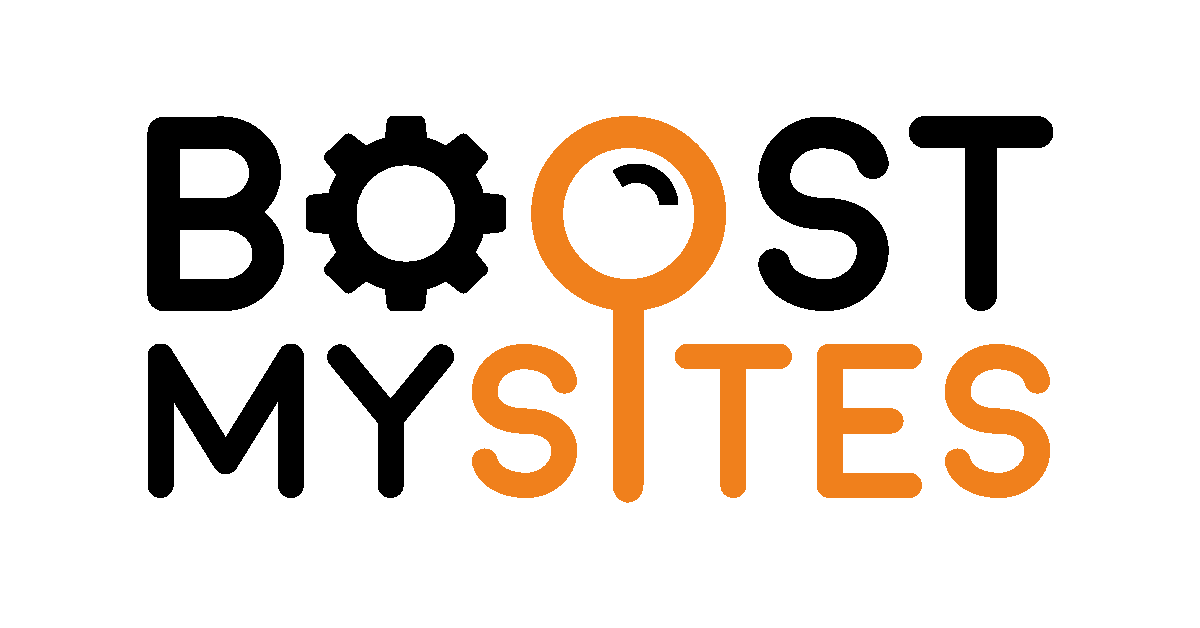Blog
How to Choose Winning Products for Your E-Commerce Store
One of the most critical decisions you’ll make when starting an e-commerce store is selecting the right products to sell. The products you choose can significantly impact your store’s success, customer retention, and overall profitability. Whether you’re new to e-commerce or looking to optimize your existing product lineup, this guide will help you make informed decisions. Let’s dive into the steps to choose winning products for your online store.

1. Understand Your Target Audience
Knowing your audience is the foundation of a successful e-commerce store. Consider:
- Demographics: Age, gender, location, and income level.
- Interests and Preferences: What are their hobbies, challenges, or desires?
- Shopping Habits: Do they value affordability, quality, or trends?
Conduct surveys, analyze social media trends, and use tools like Google Analytics to gain insights into your potential customers.
2. Research Market Trends
Stay ahead by identifying trending products in your niche. Use tools and platforms such as:
- Google Trends: Monitor search interest over time.
- Amazon Best Sellers: See what’s popular across various categories.
- Social Media Platforms: TikTok, Instagram, and Pinterest often showcase viral products.
Keep an eye on seasonal trends to capitalize on high-demand periods.
3. Solve a Problem or Fulfill a Need
Products that solve problems or meet specific needs are often in high demand. Ask yourself:
- Does this product make life easier or more enjoyable for the customer?
- Is it something customers are already looking for but can’t easily find?
Positioning your product as a solution can increase its appeal.
4. Evaluate Competition
Research your competitors to identify gaps in the market and potential opportunities. Look at:
- The types of products they sell.
- Customer reviews to spot areas for improvement.
- Their pricing and marketing strategies.
Tools like SEMrush and Ahrefs can help you analyze competitors’ performance and identify trends.
5. Assess Product Viability
Before committing to a product, evaluate its viability by considering:
- Profit Margins: Ensure the product’s cost allows for a healthy profit.
- Shipping and Storage: Bulky or fragile items may incur higher costs.
- Demand and Supply: Look for products with steady or increasing demand and limited competition.
6. Source Products Strategically
Reliable sourcing is crucial for maintaining product quality and customer satisfaction. Options include:
- Dropshipping: Partner with suppliers to fulfill orders without holding inventory.
- Wholesale: Purchase in bulk for better pricing.
- Private Labeling: Brand generic products as your own for a unique offering.
- Custom Products: Create unique designs or innovations to stand out.
At BoostMySites, we offer product sourcing services to streamline this process for you.
7. Test Before Scaling
Testing helps you minimize risk before investing heavily. You can:
- Launch small ad campaigns to gauge interest.
- Offer limited quantities to see how well they sell.
- Collect feedback from early customers to refine your offering.
8. Focus on Branding and Marketing
Even the best products need effective marketing. Build a strong brand by:
- Crafting a compelling story around your products.
- Using high-quality images and videos.
- Writing clear, persuasive product descriptions.
Leverage digital marketing channels like Google Ads, Meta Ads, and email campaigns to reach your target audience. BoostMySites specializes in digital marketing to help you achieve maximum visibility.
9. Diversify Your Product Range
While starting with a niche focus is important, diversifying your product range can help you attract a broader audience. Consider adding:
- Complementary Products: Items that pair well with your existing offerings.
- Seasonal Products: Capitalize on temporary demand spikes.
- Upsells and Bundles: Increase average order value by packaging items together.
10. Monitor and Adapt
Once your store is live, track product performance using analytics tools. Monitor:
- Sales trends and customer preferences.
- Inventory levels to avoid stockouts or overstocking.
- Feedback and reviews to address issues promptly.
Adapt your strategy based on the data to stay competitive and meet customer expectations.
Final Thoughts
Choosing the right products for your e-commerce store requires a balance of research, strategy, and intuition. By understanding your audience, analyzing trends, and sourcing strategically, you can build a product lineup that drives sales and fosters customer loyalty.
At BoostMySites, we’re here to help you every step of the way. From product sourcing and inventory storage to digital marketing, we’ve got you covered. Let’s turn your e-commerce vision into reality!
Get Started Today!
Ready to take the first step? Contact us today for a free consultation and let’s bring your e-commerce vision to life!
